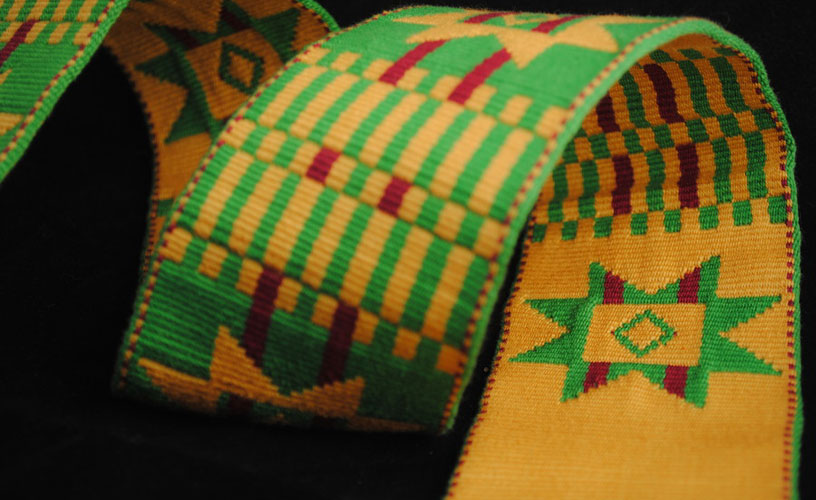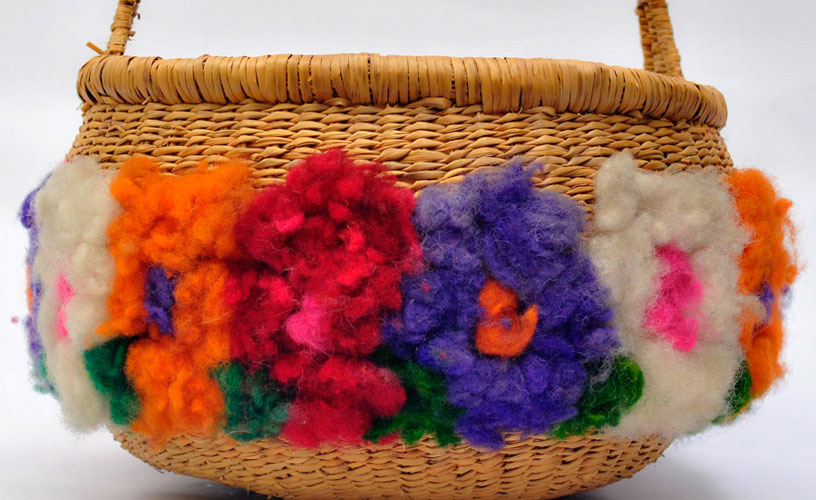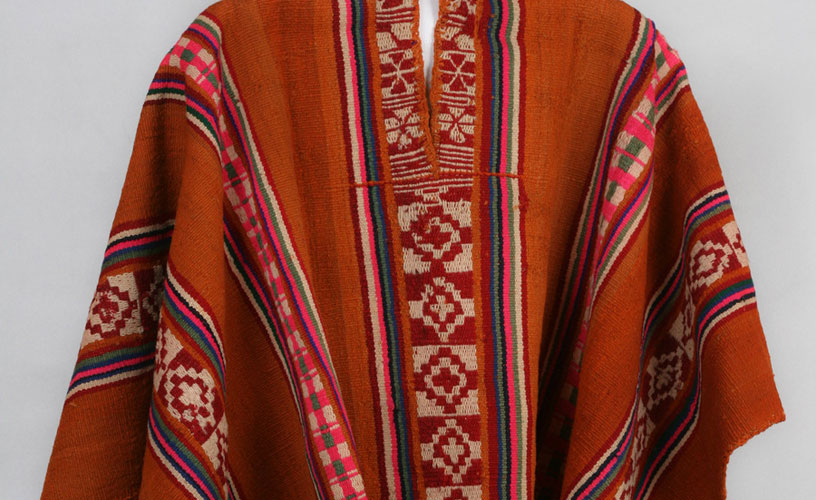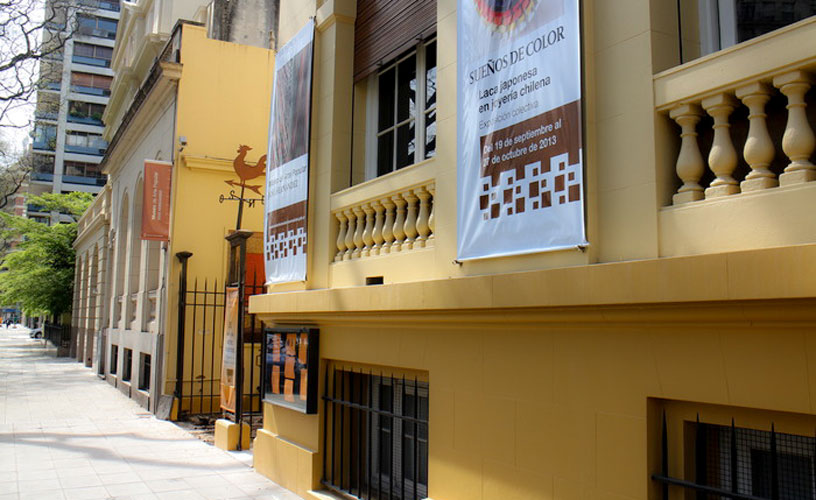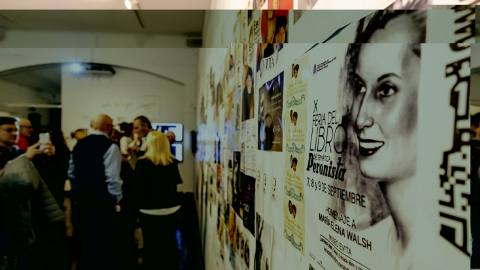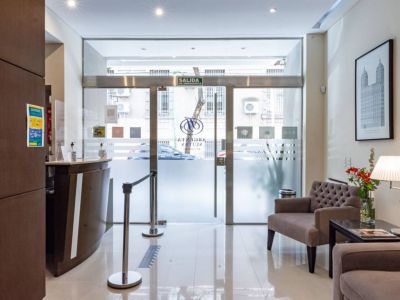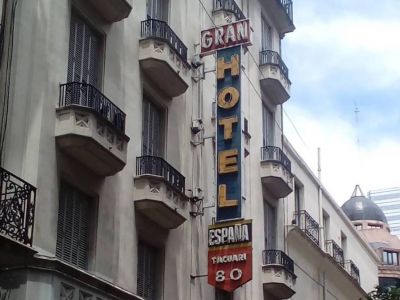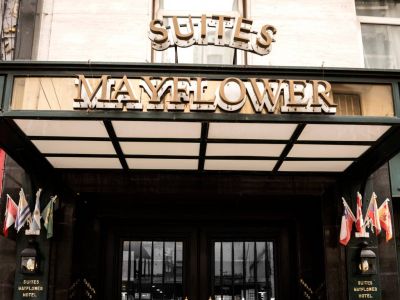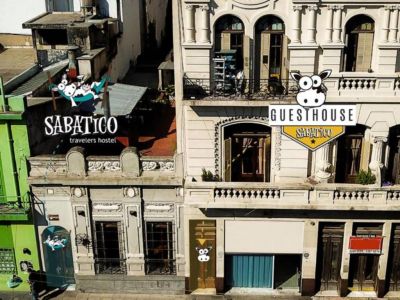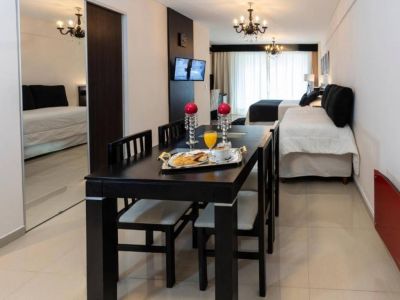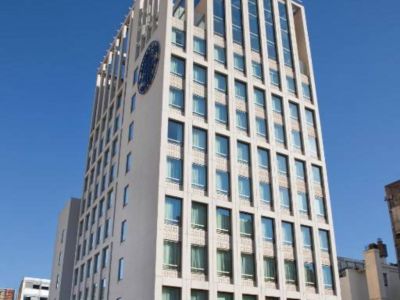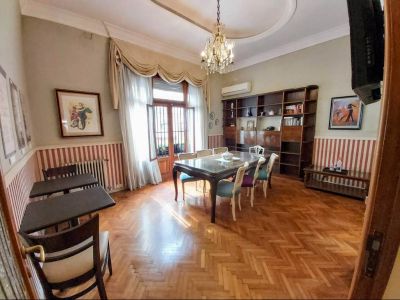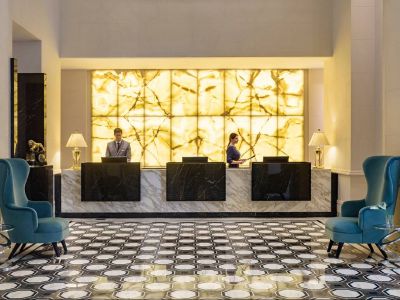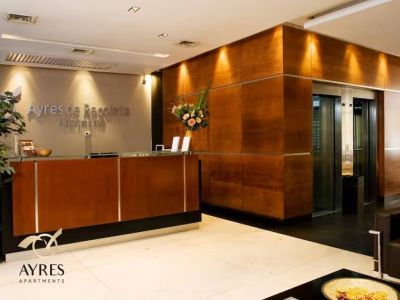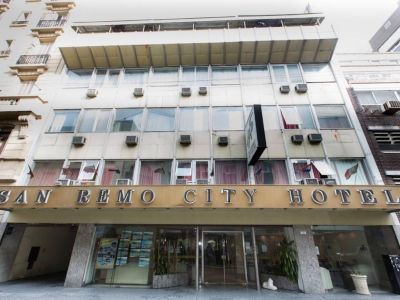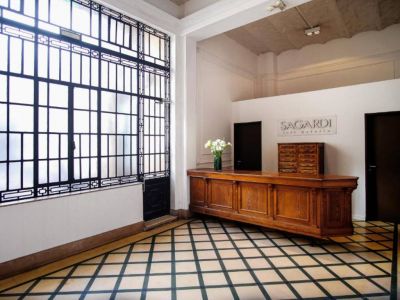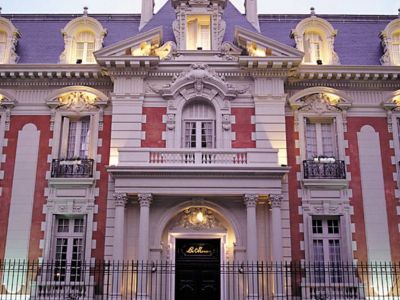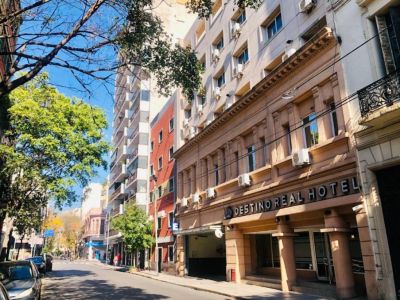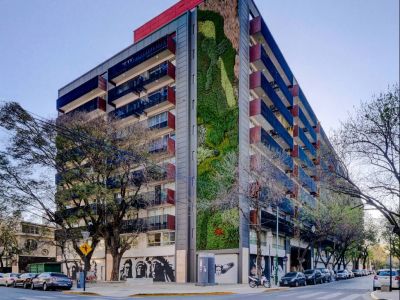It turns out to be almost paradoxical to find a museum devoted to gathering, collecting, documenting, preserving, researching, displaying and encouraging popular art in the core of the neighborhood of Palermo, among wide avenues, embassies and trees that project their peaceful stately shade. It is the José Hernández Popular Art Museum.
The museum is barely noticed at the sidewalk of Libertador Avenue: lost among a sequence of houses from the early XX century built in European style, its gate is one among many and it is its signs which indicate us to go inside.
Why should a museum be located here, right in the center of one of the most French-like and conservative neighborhoods in the City of Buenos Aires? But another question arose immediately: why not? The museum corresponds to a time in which men of culture in the city became interested in their country, in their identity and thought about popular art. It is not by coincidence that this museum has been named after José Hernández: a journalist who transmitted the gaucho’s voice, the rural man’s voice and all its tradition in his own voice. This is what this museum is like.
José Hernández Popular Art Museum
What is Popular Art?
The expression “popular art” may have a variety of meanings. It is the art of the people, but who are the people and why should its art be different from art itself?
When the project for this museum (after a series of individual effort aiming in a similar direction after all) was finally conveyed in the 1940s, the idea presented when mentioning “popular art” was essentially anonymous art carried out by communities linked to the countryside, the criollo traditions and the tasks of the natives. Art tightly connected with craftsmanship, that is to say, practical objects, and oral tradition.
The Countryside and the City
The passing of time enlarged perspectives and very soon many people began to consider that urban art (both street and unrefined art) could also be included within the category of “popular art”.
Likewise, as the XX century advanced, what used to be called “popular” ceased to be anonymous.
The important thing was no longer the fact that the object came from the countryside or that it was so old that its origin could not be determined. Popular art is the one arising and understood as from popular traditions of different kinds, whether native, unrefined or of criollo origin.
The Museum, a Dream
The building sheltering the museum today used to be a house owned by Félix Bunge, who donated it to the Municipality of Buenos Aires in 1938. At first, the Argentine Folklore Association operated there. As time went by, it was occupied by various institutions, always with a spirit open to the public, until in 1948, it finally opened its gates as the José Hernández Museum of Argentine Popular Motiffs.
The house has two stories open to visitors. It shelters temporary and permanent exhibitions. Going up a small staircase, we reached the room where part of the museum heritage is displayed: anonymous sculptures from the XIX century with religious motifs, woven textiles and ponchos, curious and sophisticated mates, kettles, practical elements such as stirrups and belts. Everything is a display of skill, tradition and love for manual, detailed and particular work.
Across a picturesque garden, we reached a rear room where we could see two of the most interesting collections in the museum. On the one hand, a series of woven textiles (most of them ponchos) made by members of the Mapuche community. On the other, silverware objects of different origins. These objects, which feature an exquisite work, are reminiscent (at least in theory) of a practical use, ranging from clothing ornaments, mates and stirrups to knives.
Friendly as the sunshine that went through the tree branches, this collection reminded us that art has many faces and sometimes it has more than one: the faces of all those who came before us.
Marcos Rodríguez
Gentileza Buenos Aires Gob.Ar
Contact of the excursion or tour
Museo de Arte Popular José Hernández
Av. del Libertador 2373, Ciudad de Buenos Aires, Ciudad de Buenos Aires, Agentina
Phone: +54 11-48032384
